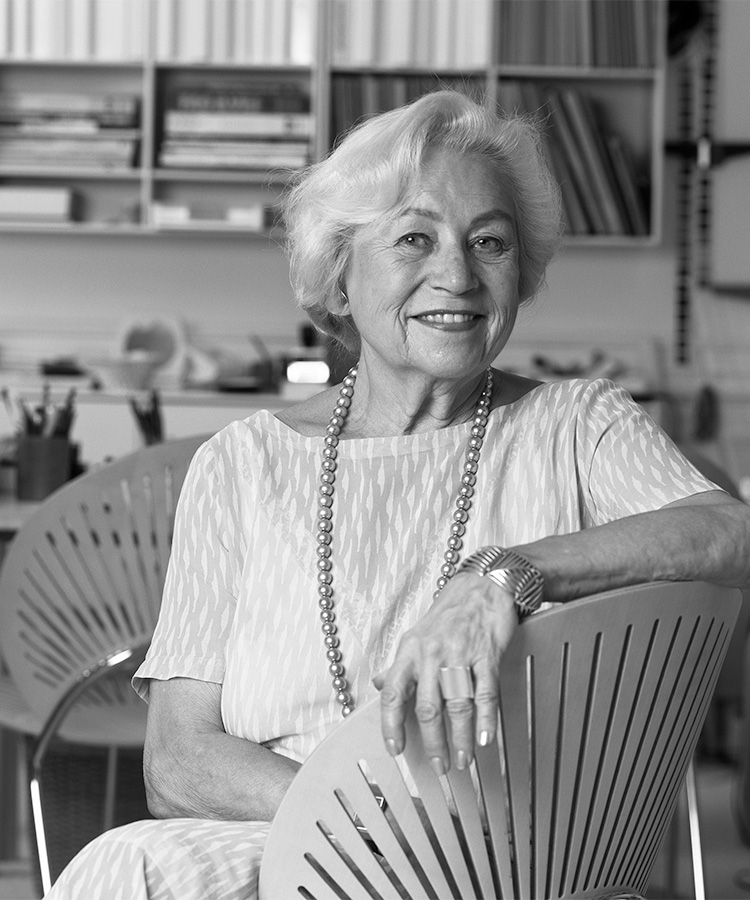A Free Life for Humans
|
“You have to be critical of the ideas you bring to life (...) I want to have design ideas that reflect life as I see it. A life that is as wonderful and exciting as possible. A life that is rich in content, rich in experiences and innovative.” Nanna Ditzel (1923–2005) was one of the few women to break through at a time when the design world was very much dominated by men. While studying at the School of Arts and Crafts in the early 1940s, she also studied philosophy at the university and took classes with Professor Kaare Klint at the Royal Danish Academy of Fine Arts. Together with her personal and professional partner Jørgen Ditzel, she established a design studio in 1946, but after his death in 1961 she stepped out of his shadow. With her innovative thinking and desire to experiment, she created her distinctive organic style. Ditzel preferred to create things that both fulfilled a function and functioned as sculptural elements in the room. Throughout her career, she was guided by a specific design philosophy – that the way we sit and interact with the furniture could pave the way for a freer life for humans and give rise to new ways of thinking and greater creativity. She therefore set a high bar for her furniture and wished to do away with the traditional way of furnishing a home. One of her most innovative creations was a flexible piece of furniture, where the sofa and table modules could change places depending on the need and situation. She was also one of the first to focus on creating the ideal children’s furniture in response to the changed family structures of the 1960s. She built an international career based in London and became a role model for future designers in Danish design history. |

|







